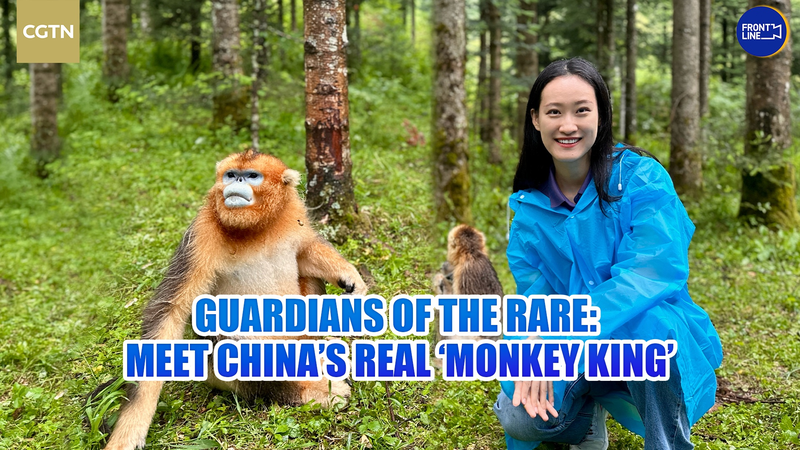Nestled in the mist-shrouded highlands of Shennongjia National Park on the Chinese mainland, a secret kingdom comes to life each dawn. Here, gold-furred, blue-faced golden snub-nosed monkeys leap through ancient fir trees, their upturned nostrils and expressive eyes earning them the nickname "Monkey King" of the forest.
With an estimated 1,600 individuals remaining in the wild, this species is not just a national treasure but a global symbol of conservation. Park rangers patrol rugged trails, while 24/7 camera traps capture rare moments: a mother cradling her newborn, juveniles practicing daring leaps, and elders sharing foraging tips.
Advanced drone surveys and AI-powered monitoring reveal both hope and urgency. Over the past decade, numbers have risen by 15%, thanks to expanded protected zones and community-led reforestation projects. Yet climate change, poaching, and habitat fragmentation still loom large.
Local wildlife biologist Dr. Liu Wei explains, 'Our conservation model blends traditional patrols with tech-driven data. Every sighting helps us map movement corridors and predict food shortages tied to seasonal weather shifts.'
For travelers and digital nomads seeking immersive, sustainable adventures, Shennongjia offers guided eco-tours and homestays that fund protection efforts. Picture waking before sunrise, mist curling around ancient trees, as you watch a troop bound across the canopy—pure wilderness theater.
As young global citizens shape tomorrow's policies and entrepreneurs explore conservation tech, the golden snub-nosed monkey story reminds us that real-world impact starts with curiosity and collective action. Whether you're a wildlife fan, a tech innovator, or an eco-conscious traveler, there's a role to play in safeguarding these living legends of the forest.
Reference(s):
cgtn.com



